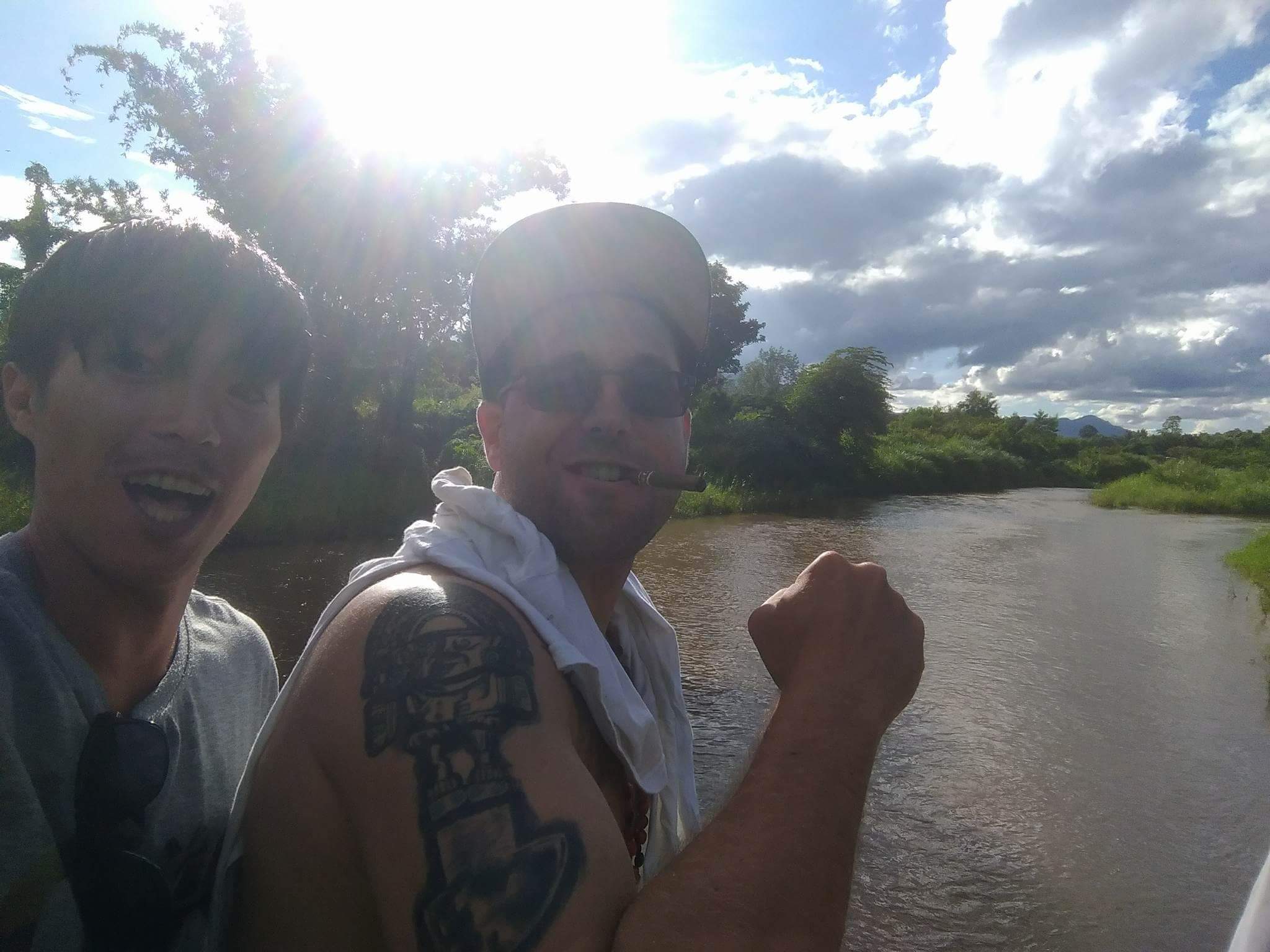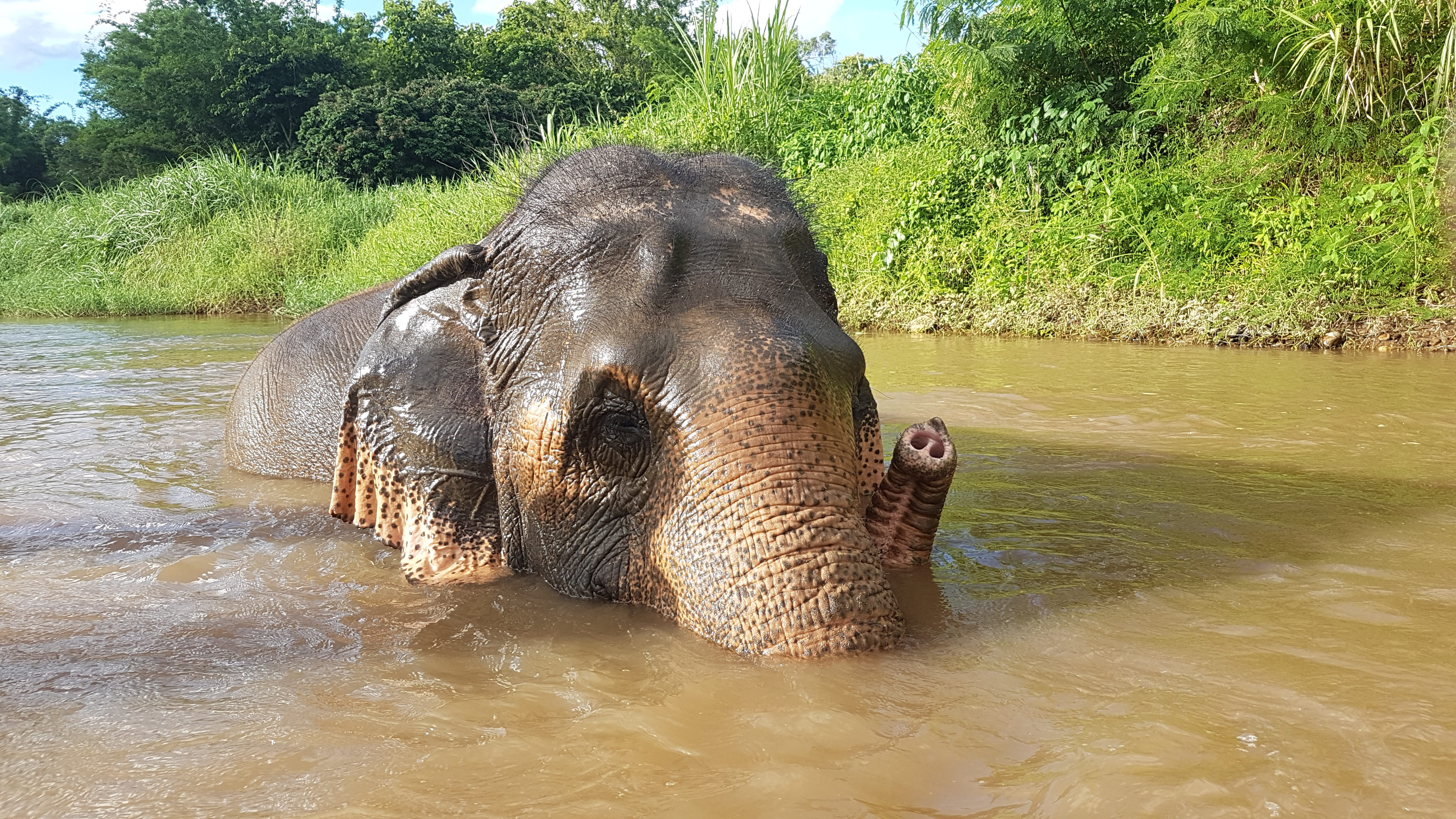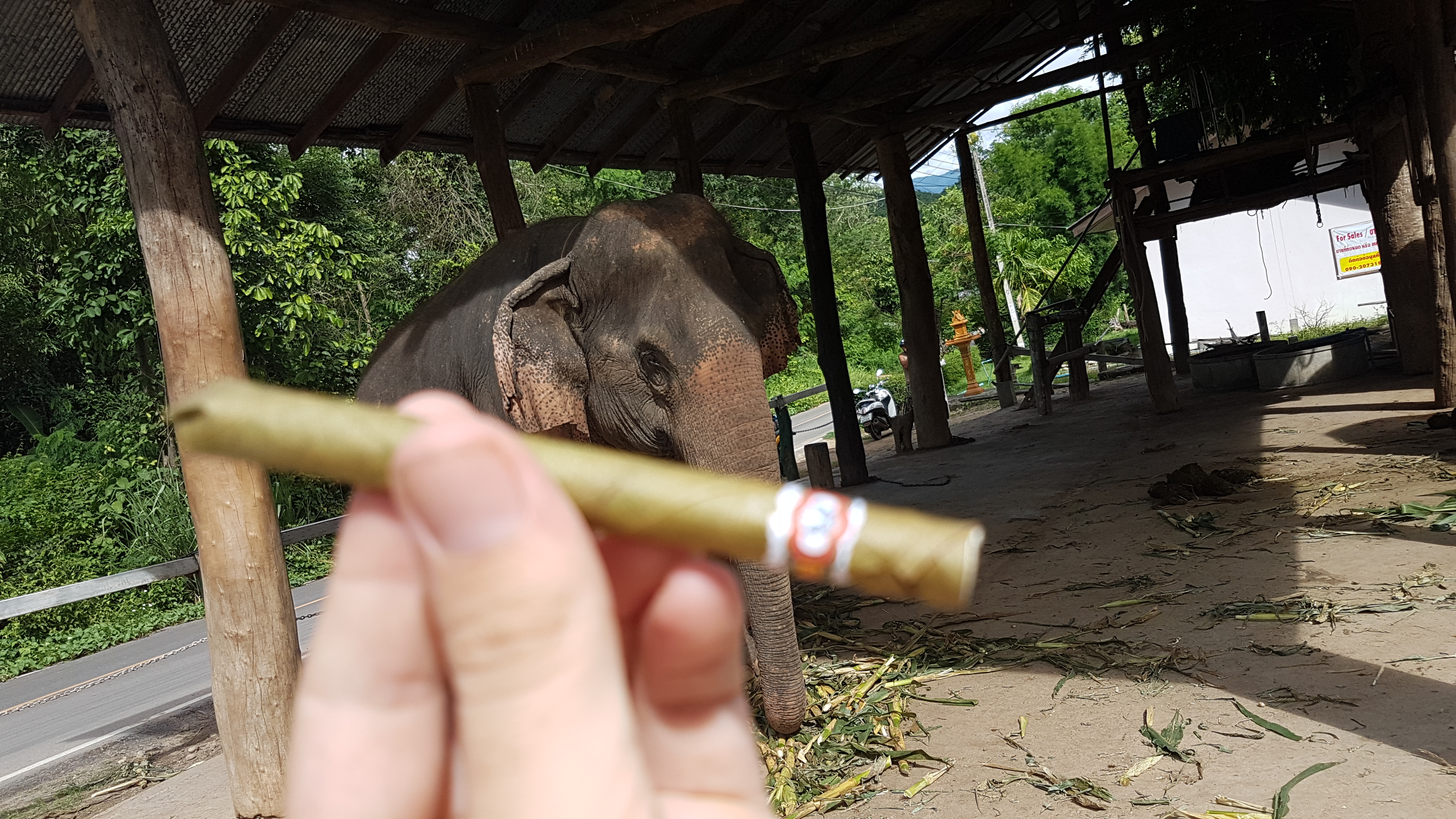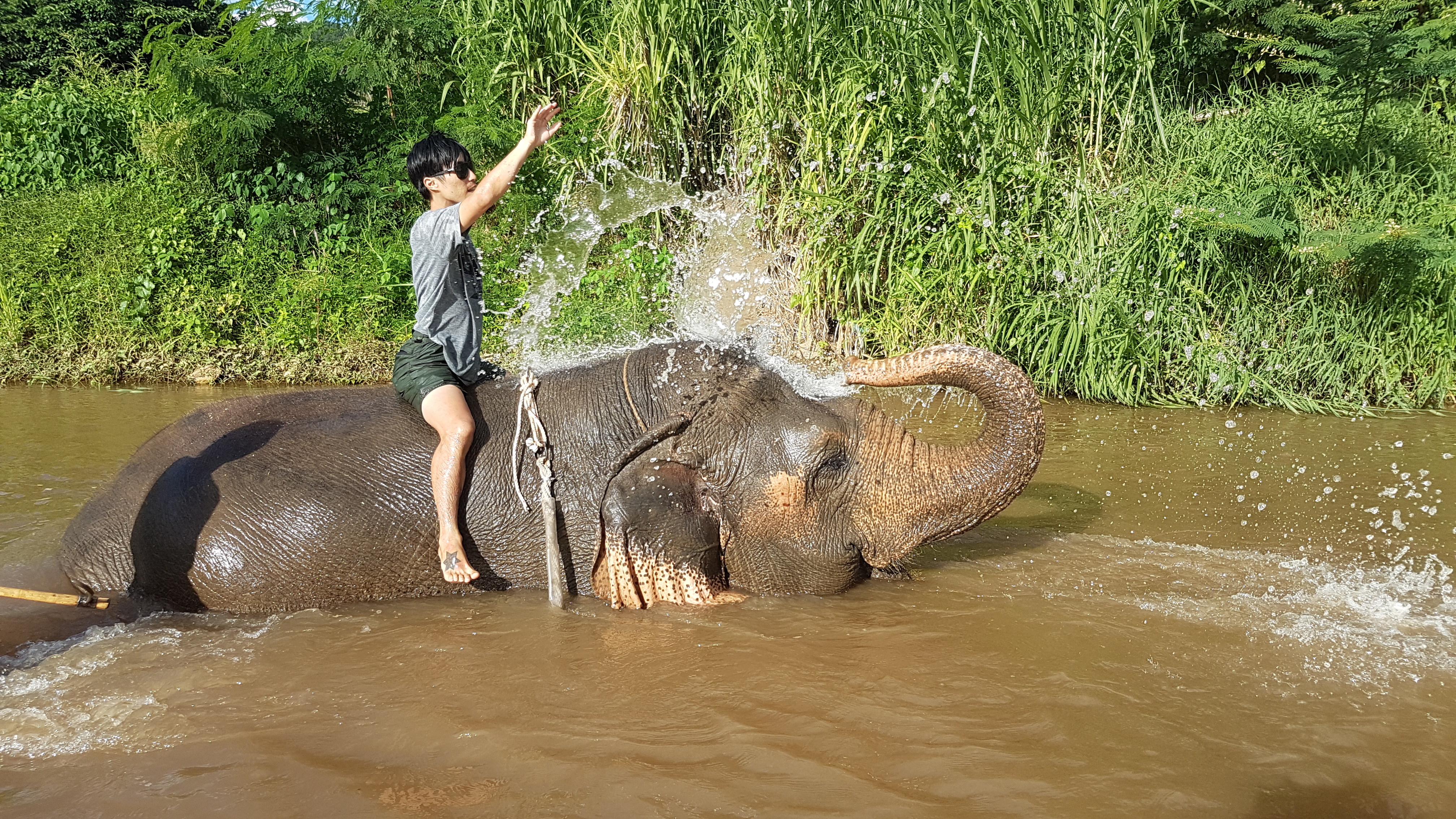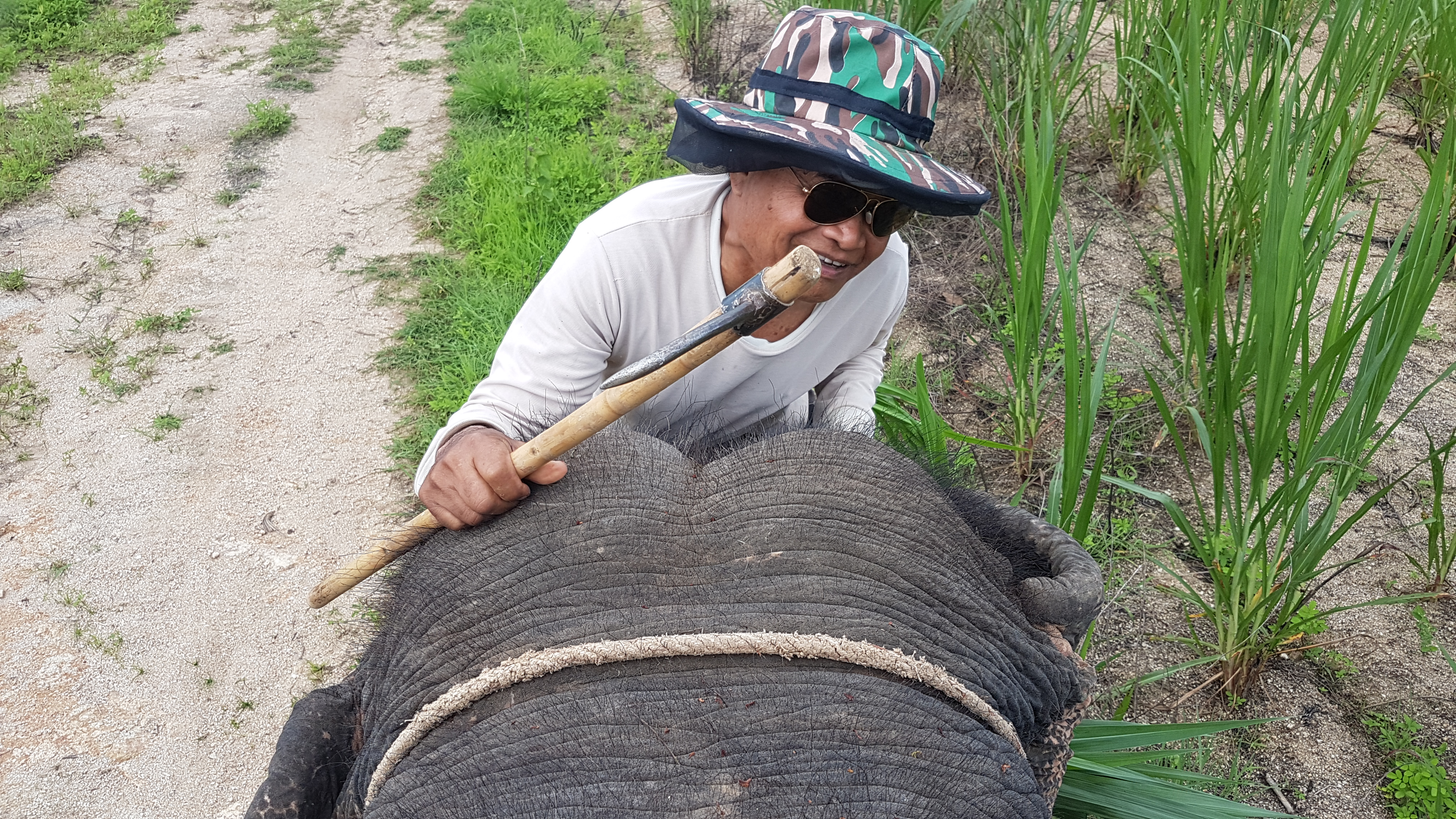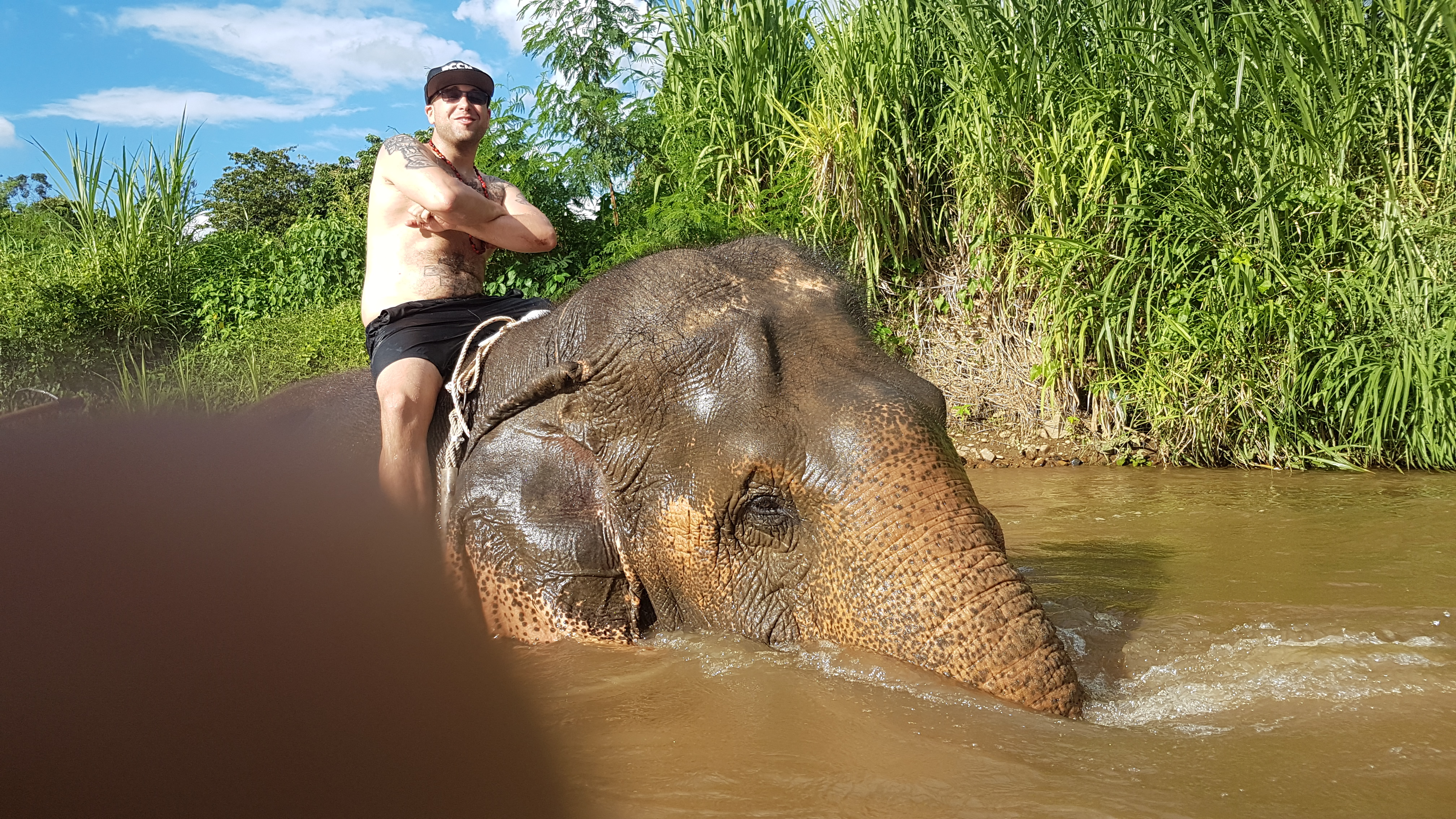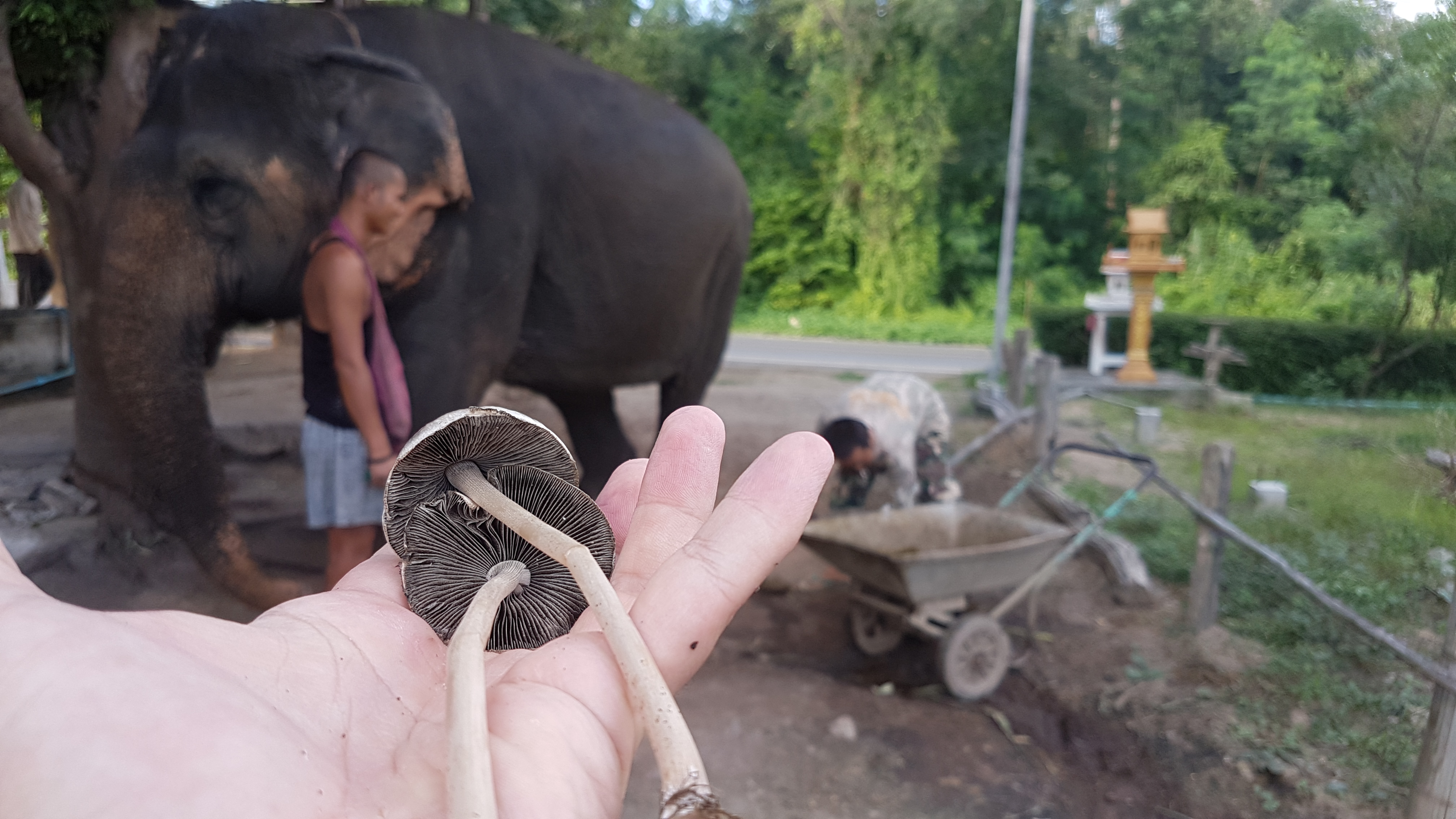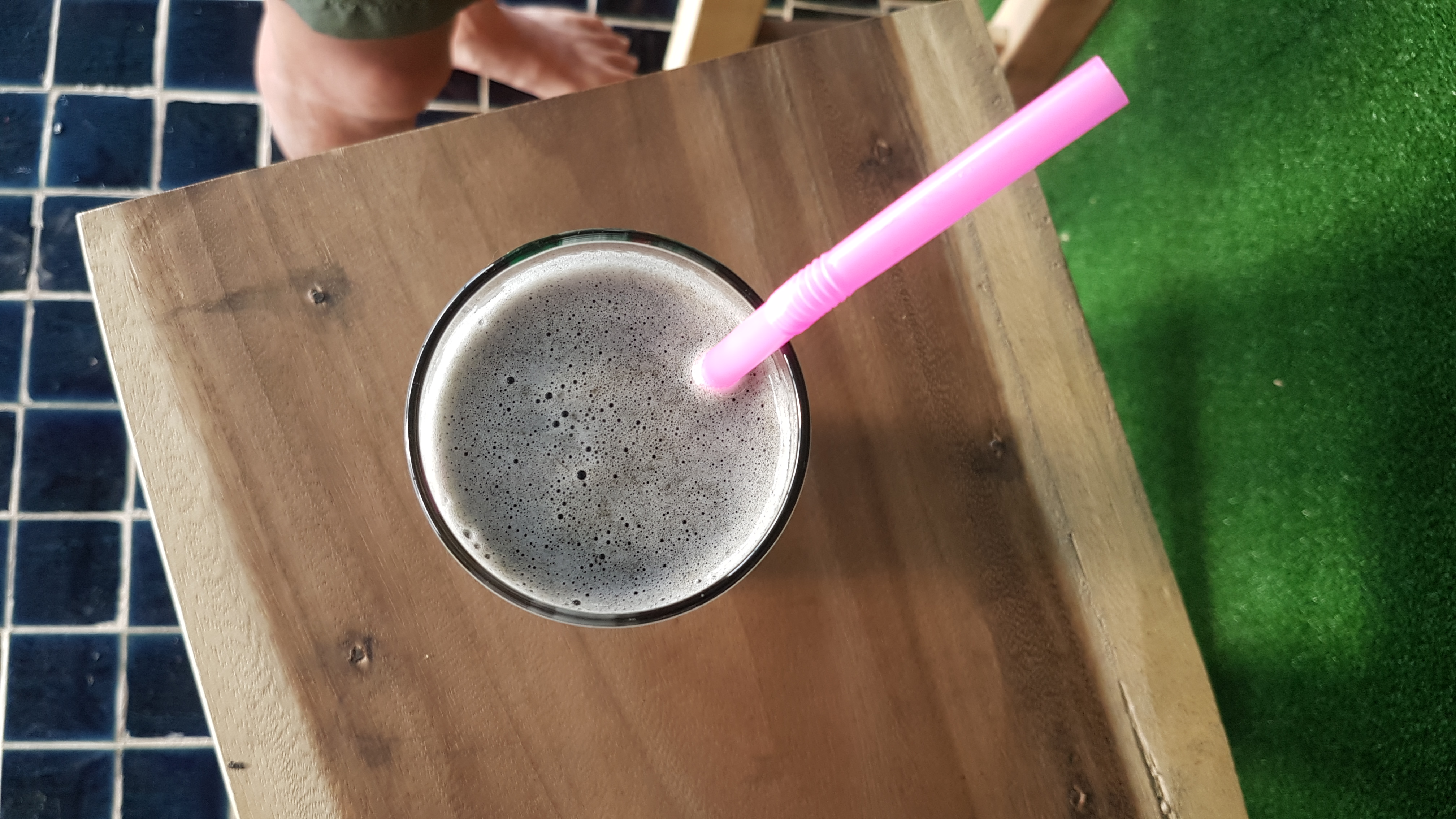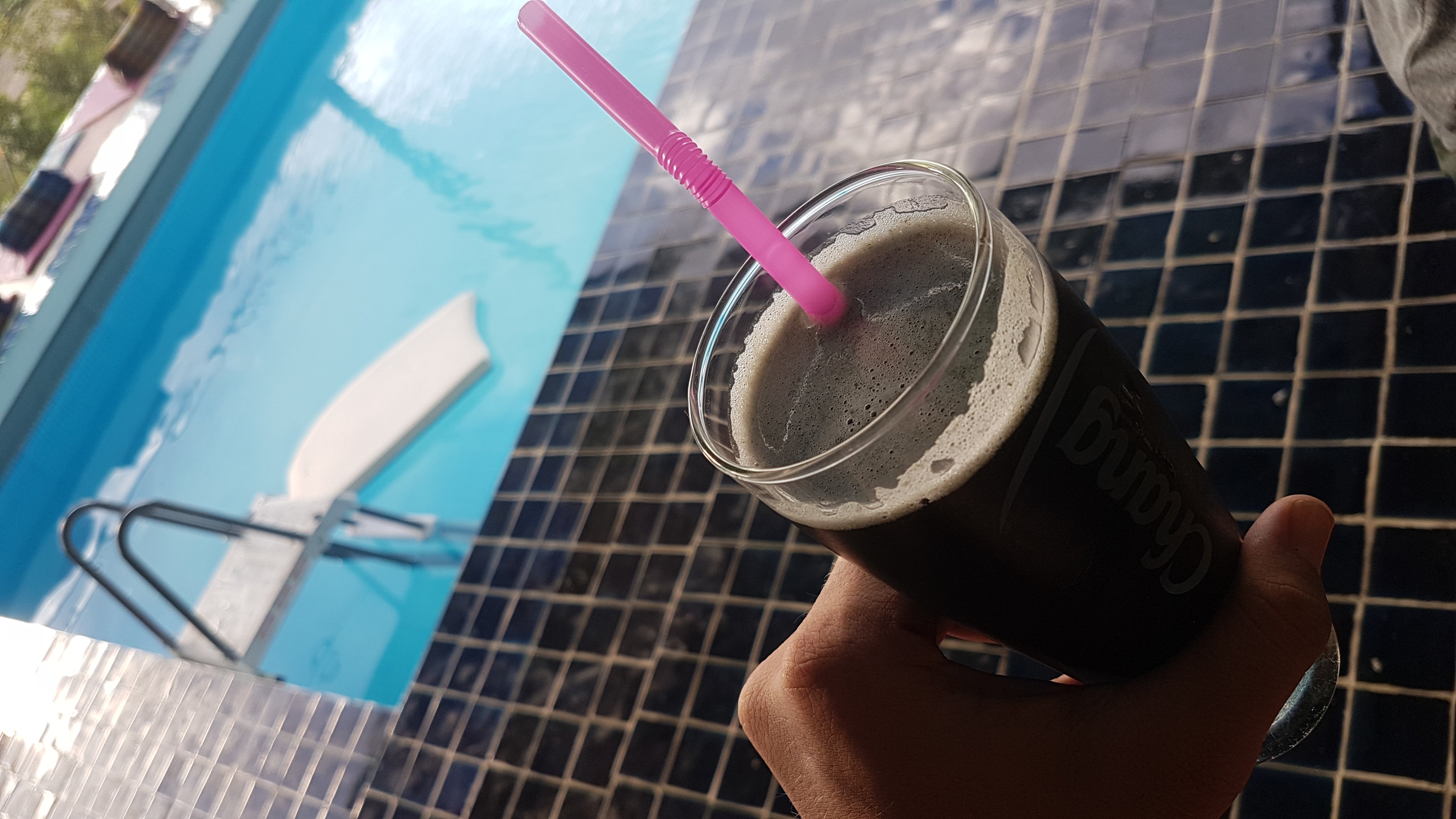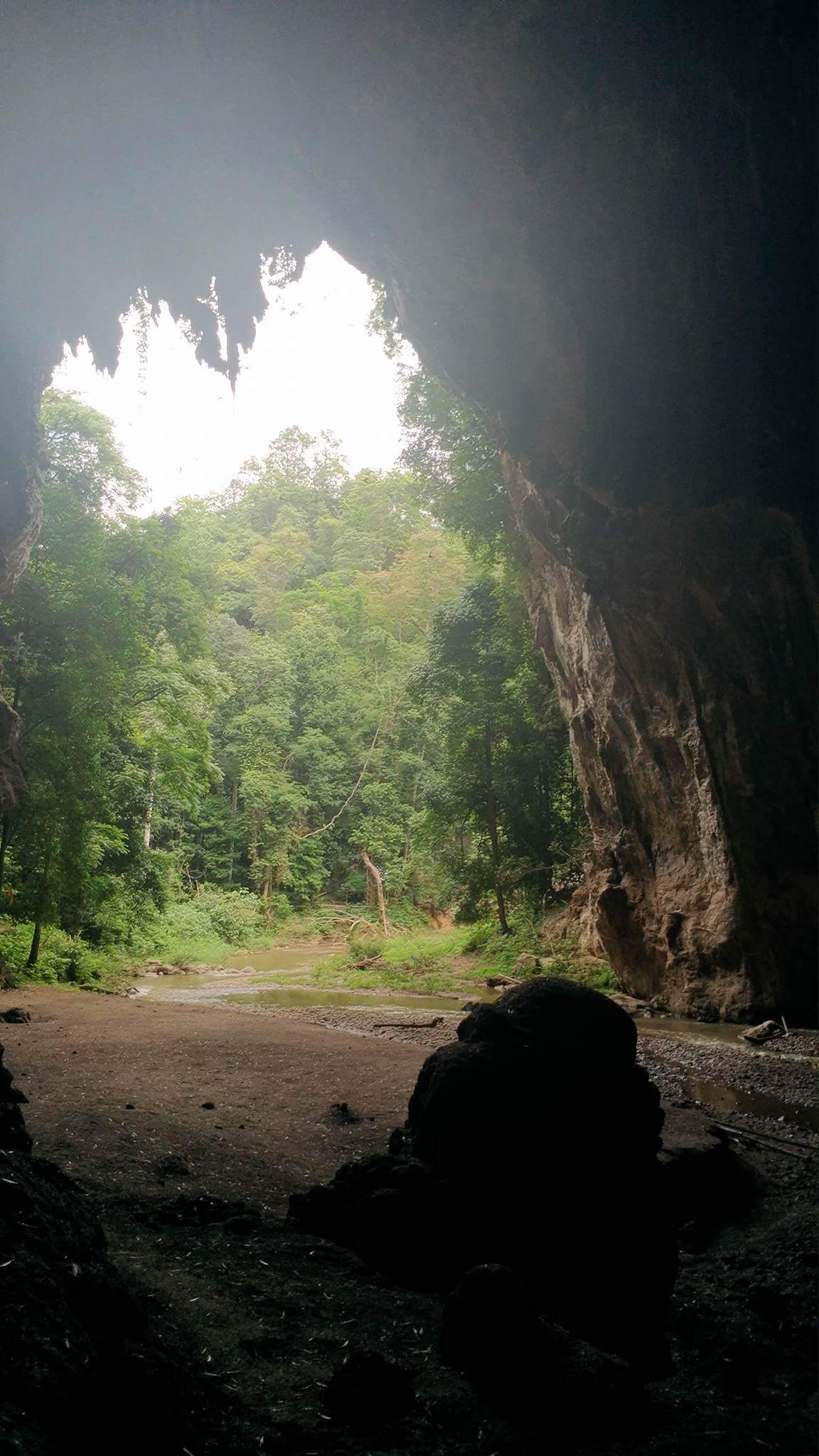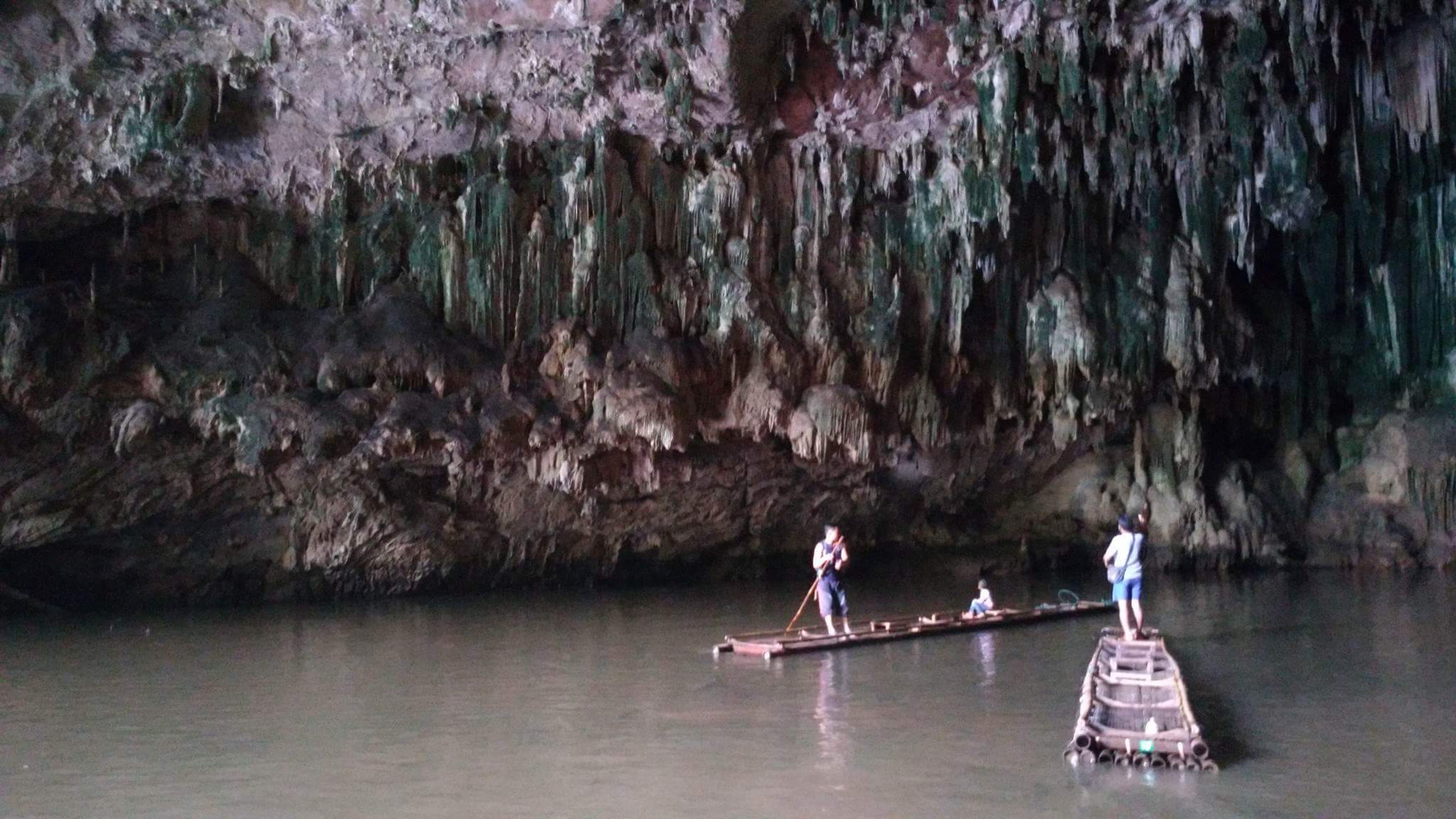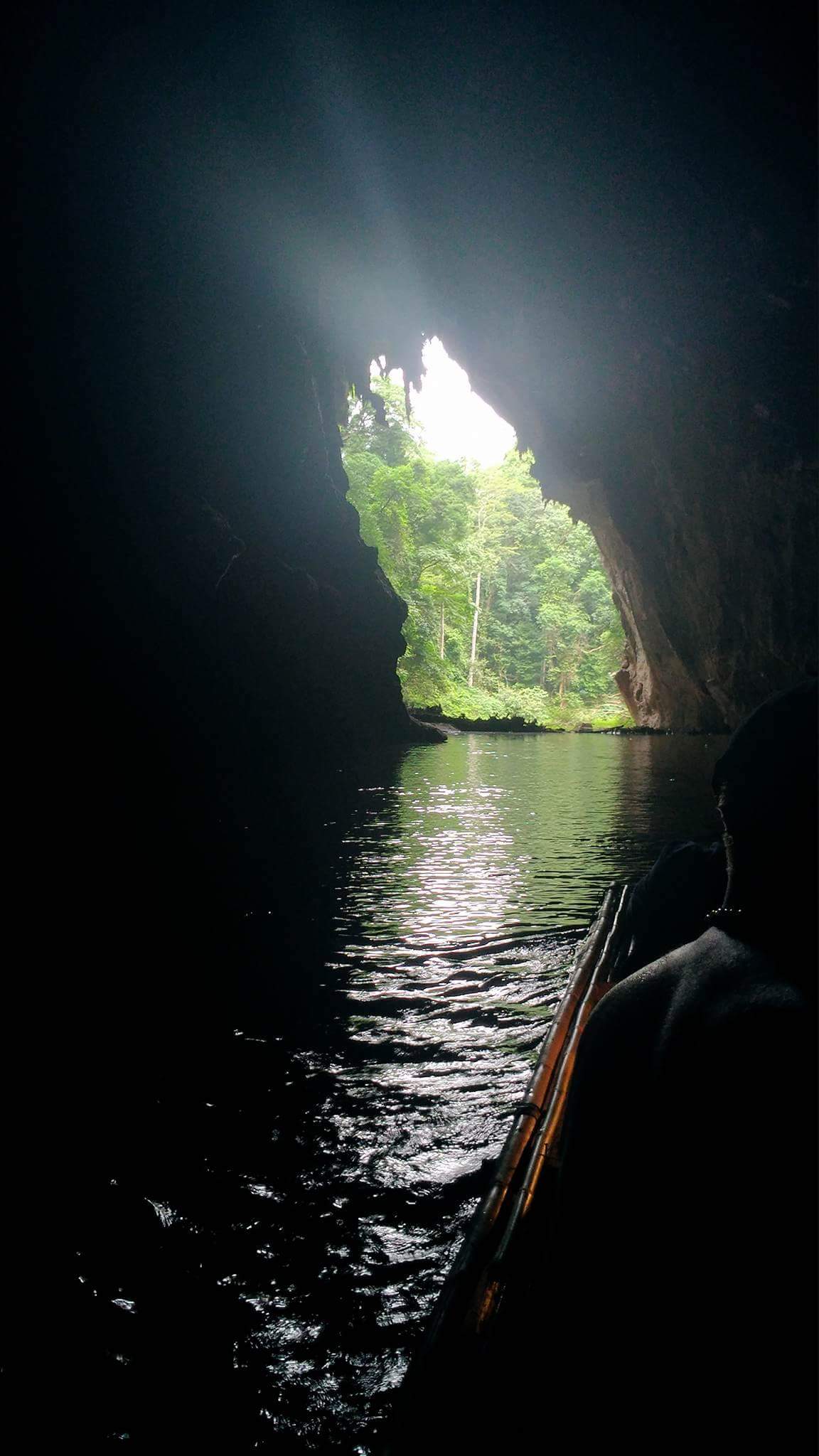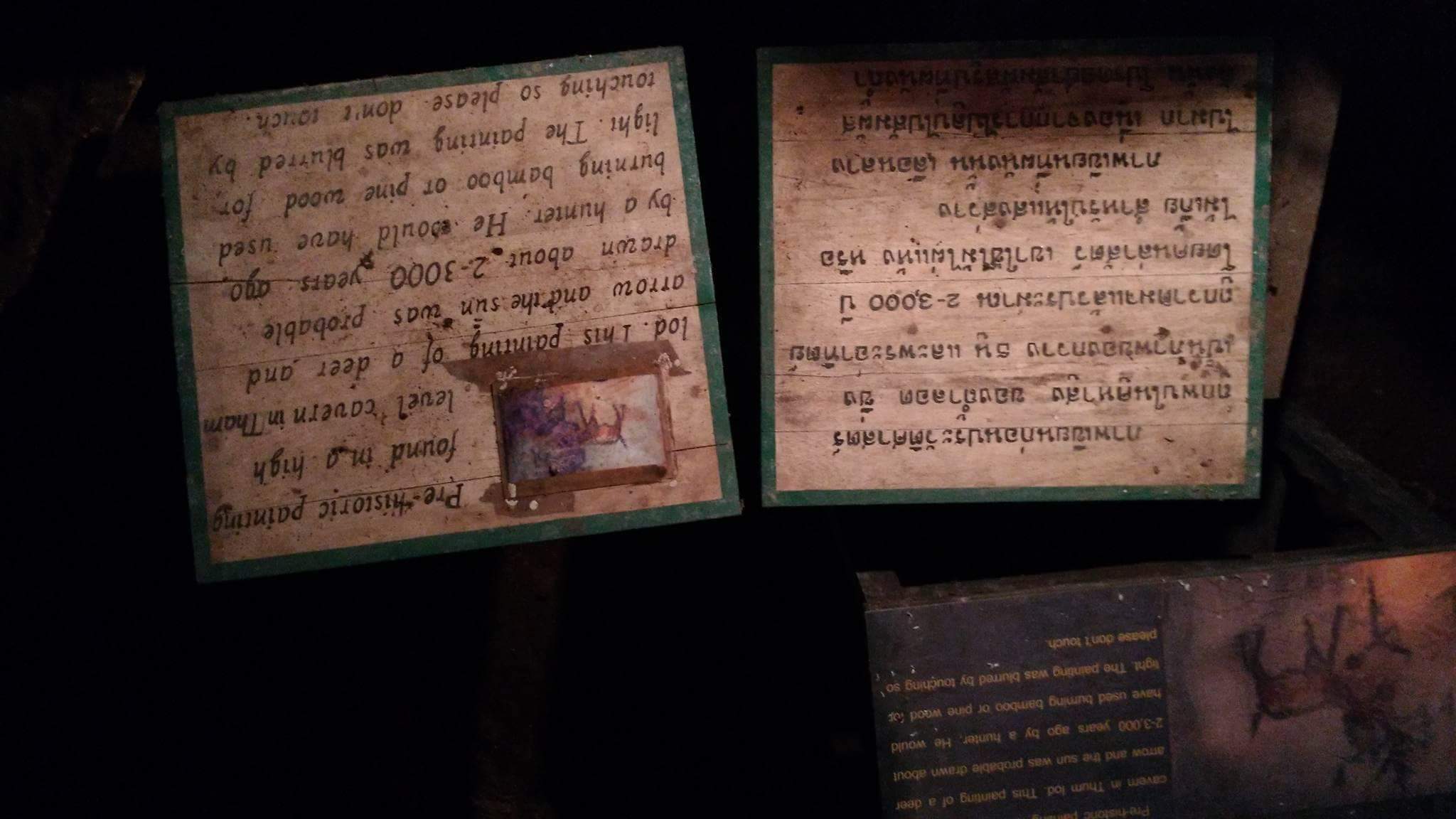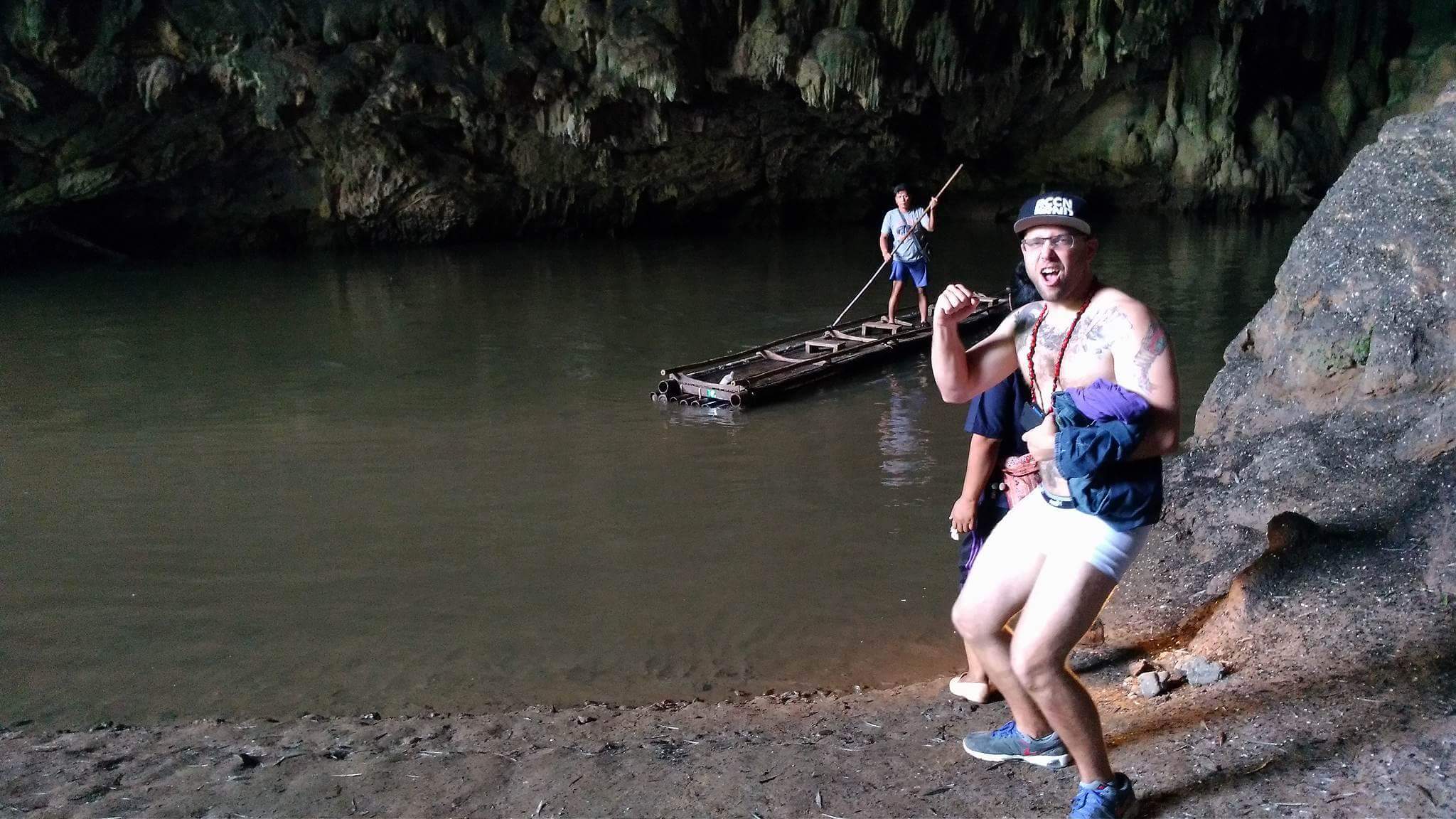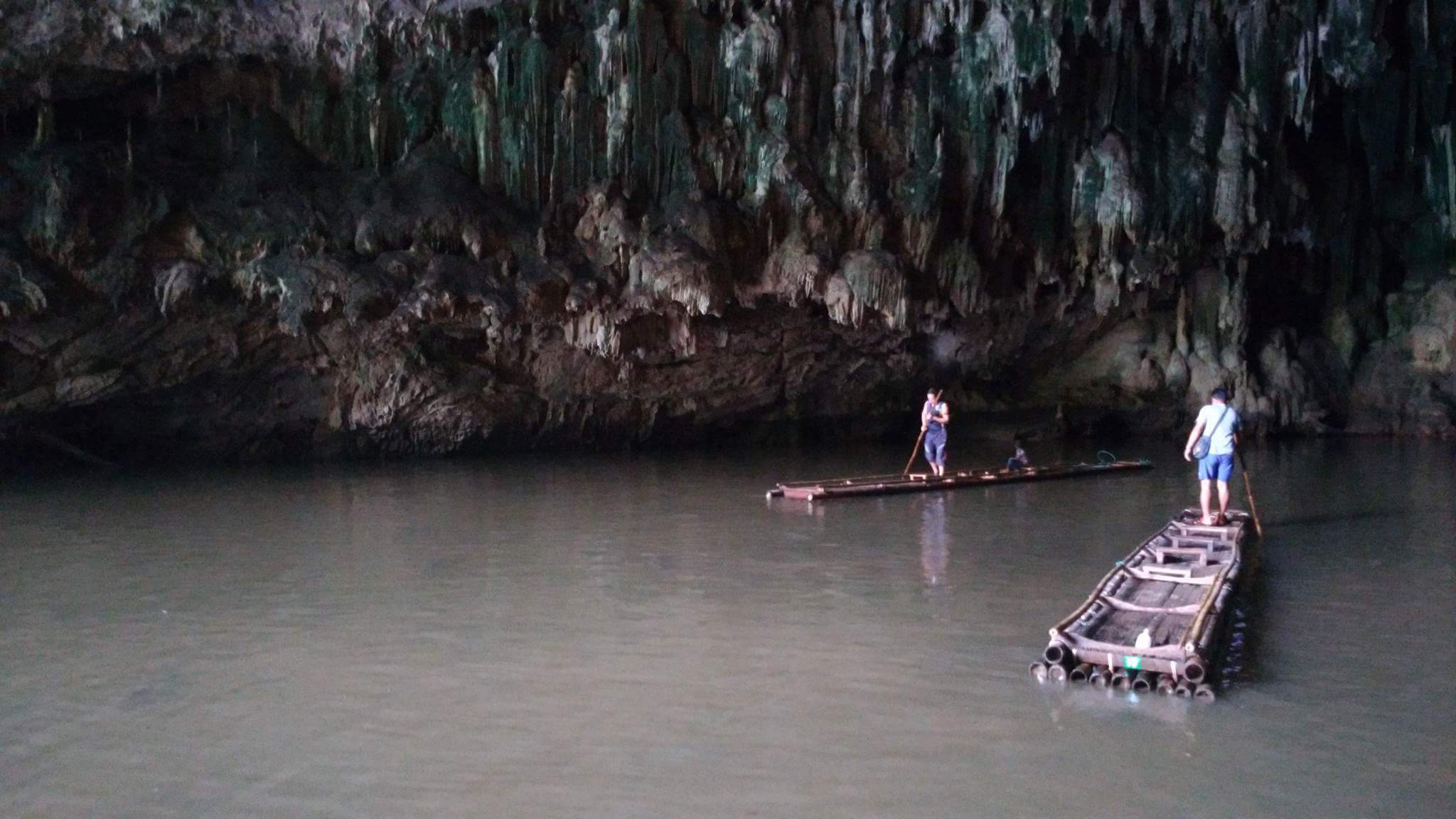Despite being rocked by alarming police scandals, Pai remains one of the most visited towns in Northern Thailand. Situated on the highway to Mae Hong Son, this picturesque town lies on the lush banks of the Pai River. From being surrounded by gorgeous jungle attractions to boasting a laid back vibe, Pai’s charm is impossible to ignore. Every year thousands of tourists descend upon this small town to indulge in everything the jungle has to offer.
Ever since Route 1095 was completed in the 90’s, this once isolated town has been connected to the outside world. Pai has been portrayed in Thai films The Letter: Jod Mai Rak จดหมายรักand Ruk Jung รักจัง, which caused its popularity to soar amongst nationals. This surge in tourism has caused multiple high-end resorts to open their doors in this once unknown jungle paradise. Unfortunately, this development couldn’t save Pai from routine corruption scandals. From trigger-happy cops to questionable drug enforcement, this town has been the center of a shocking amount of controversy.
To truly understand why this beautiful town is so unpredictable, it’s essential to examine Pai’s surprisingly violent past. About 2,000 years ago, the area was dominated by the Lua Tribe who lived in small villages scattered around the jungle. Their rule ended abruptly in 1251 AD when the area was taken over by Shan immigrants who were fleeing Northern Myanmar. They set up the city of Ban Wiang Nuea, which still sits 3 km North of present-day Pai. For a while the area’s seclusion allowed these migrants to escape the politics that embroiled the surrounding regions. Unfortunately, this period of peace was short-lived.
When the first Lanna settlers arrived from Chiang Mai in the 15th century, they immediately attempted to colonize the area. This sparked a serious of wars, and eventually Lanna troops conquered the Shan. While they allowed the Shan locals to keep their land, they erected a wall that seperated the Shan and Lanna parts of the village.
Somehow this segregated living condition continued until more immigration eventually caused tensions to boil over in the 19thcentury. To increase their influence, Thais from neighboring provinces started to settle in the area. This sparked an epic battle between the Lanna Thai and Shan in 1869. When the Lanna defeated the Shan, they burnt the entire village of Ban Wiang Nuea to the ground. Since the town was completely destroyed, the survivors settled on the Ban Wiang Tai road. This ended up becoming the present day-location of Pai.
Despite being created by the utter destruction of another village, over the years Pai continued to grow. Thanks to their strategic location and relative seclusion, Pai became home to multiple waves of immigrants. While Karen immigrants settled the area in the 18th century, Southern Chinese Lisu and Lahu tribes migrated here in the early 20th century. This was followed by a wave of Muslim families from Chiang Mai who established a wide array of trading businesses. In the 1960’s Pai became home to more refuges when a group of Kuomintang fled the destruction caused by Mao Zedong. Ironically, things came full circle when a second wave of Shan refugees fled the Burmese junta and settled in Pai.
This interesting mixture of refugees were introduced to the modern world when Thailand completed Route 1095 in the 90’s. Today Pai is only a 3-hour drive away from Chiang Mai. This close proximity to this bustling tourist hub has made it a major tourist destination. Unfortunately, the police have always had a shockingly negative view of these foreign visitors. Thanks to the active drug trafficking routes between Pai and the Shan State in Burma, multiple efforts have been made to stifle tourism.
Ever since the early 2000’s, Pai has been rocked with surprising amounts of police scandals. In 2001, the local police jailed the foreign owner of Bebob Bar for letting people dance in a business not licensed as a disco. This bizarre dancing ban was followed by uneven enforcement of closing time laws & construction permits that targeted foreigners. Many of these measures were made to kick out low budget hostels and encourage higher end lodges that provided construction kick backs.
While the initial discrimination against foreigners was alarming, it pales in comparison to the atrocities committed in Pai’s drug war. When the currently removed Prime Minister Thaksin Shinawatra launched Thailand’s war on drugs in 2003, Pai became ground zero. The police had an open season that allowed them to kill anyone accused of participating in the drug trade. This gruesome campaign led to over 2,000 Thais being murdered, and their involvement in drug trafficking was questionable at best. Many of these victims were located around Pai, and the wounds of this purge still remain.
On top of receiving licenses to kill, local police in Pai used the drug war to openly harass tourists. After purchasing a drug testing vehicle in 2006, local police conducted a series of illegal sweeps at bars. From forcing patrons to provide urine samples to searching without probable cause, multiple laws were broken. Things came to a head in 2008 when an off-duty police officer murdered a Canadian tourist during a night of heavy drinking.
While the details remain shrouded in deception, the police’s misconduct and failure to investigate themselves is obvious. Witnesses say that Sgt-Major Uthai Dechawiwat shot Canadian tourists Leo John Del Pinto and Carly Reisig multiple times during an argument. All parties involved were extremely intoxicated, which made getting the details even more complicated.
Even though there was obvious foul play, the Pai police department tried to cover up the incident. The accused officer was immediately bailed out of jail and denied being in Pai during the shooting. This was outrageous, since he was seen by multiple witnesses drinking at the bar. He later claimed his gun went off three times by accident and threatened to charge the surviving victim with assault on a police officer. Even after receiving international attention from the press and sparking a national debate on corruption, the officer was later acquitted of all charges.
Even though this massive miscarriage of justice left a huge blemish on Thailand’s justice system, tourists kept pouring into Pai. Fortunately, the bad press and growing value on tourism has forced change. During the last decade, tensions between local police and foreigners seem to have died down in Pai.
The town’s booming tourism has reached a point of no return, which is forcing local police to accept it. While the number of incidents has gone down dramatically, it’s still wise to be careful in Pai. The local police have a long history of planting drugs on tourists, so don’t be at the wrong place at the wrong time. With this word of caution, Pai is still an amazing place to visit.
This town has a lot of potential, so hopefully the local police can abstain from abusing tourists. To highlight the undeniable charm of this controversial town, we compiled a list of the coolest things to do in Pai. This place is definitely worth visiting, just make sure to be on your best behavior!
Coolest Things to Do in Pai
Activity #1: Ride Elephants – This town’s prime position in the jungle makes it an ideal place for elephant farms. There are multiple places that allow visitors to ride elephants throughout the neighboring hillsides. From crossing rivers to winding through lush vegetation, this is an experience that can’t be missed. Just choose where you ride carefully, since not all places treat their elephants ethically. From chaining elephants in vile conditions to beating them mercilessly, there are plenty of things to look out for. In the end go with your instinct, since these gentle giants deserve to be respected!
Activity #2: Eat Shroom Shakes – Thanks to the ample amount of elephants in surrounding farms, this area of the jungle is filled with shrooms. These devious mushrooms grow in elephant feces, which provides a dose of psychedelic insight from these worshipped creatures. Despite being abundant, don’t go looking for them yourself. There are multiple strains of poisonous mushrooms that look identical to the psychedelic variety. For this reason, it’s safer to purchase shroom shakes from bars that pay off the police.
By asking around, you will find out which venues provide this delightful psychedelic treat. The shroom shakes are fairly mild, so don’t hesitate to indulge in one on an empty stomach. Just make sure not to drive a motorcycle or wander aimlessly into traffic. As long as you use common sense, shroom shakes are the best way to make the magic of the jungle come to life. Pai is a remarkable place to indulge in psychedelics, so treat your soul with a tasty shroom shake!
Activity #3: Visit Tham Lod Cave (ถ้ำลอด) – This glorious cave is nestled in the jungle outside the village of Sop Pong in the Pang Mapha District. It can be reached by renting a motorcycle in Pai and driving 2 and a half hours on the route to Mae Hong Son. While the journey through the jungle and up into the mountains is breathtaking, what awaits is even more amazing. After getting off the main highway, visitors have to drive through the dirt road that snakes through Sop Pong.
Upon reaching the entrance, visitors have to pay a fee and hire a local with a lantern to guide them. This assistance is welcome, since this cave is 1,666 meters long. The Nam Lang River flows through the cave, which forces visitors to cross multiple points in rafts. Wandering through the cave takes over an hour, since its variations are just as vast as its space.
While wondering through this breathtaking obstacle course, visitors are greeted with plenty of surprises. On top of being filled with swarms of bats, the shallow parts of the river are teeming with fish. Being guided amongst the massive stalactites and stalagmites while only being illuminated by a lantern is a mystical experience. To make the experience even more memorable, drink a shroom shake before visiting. As long as you aren’t the one driving, mixing these two attractions is the adventure of a lifetime!
